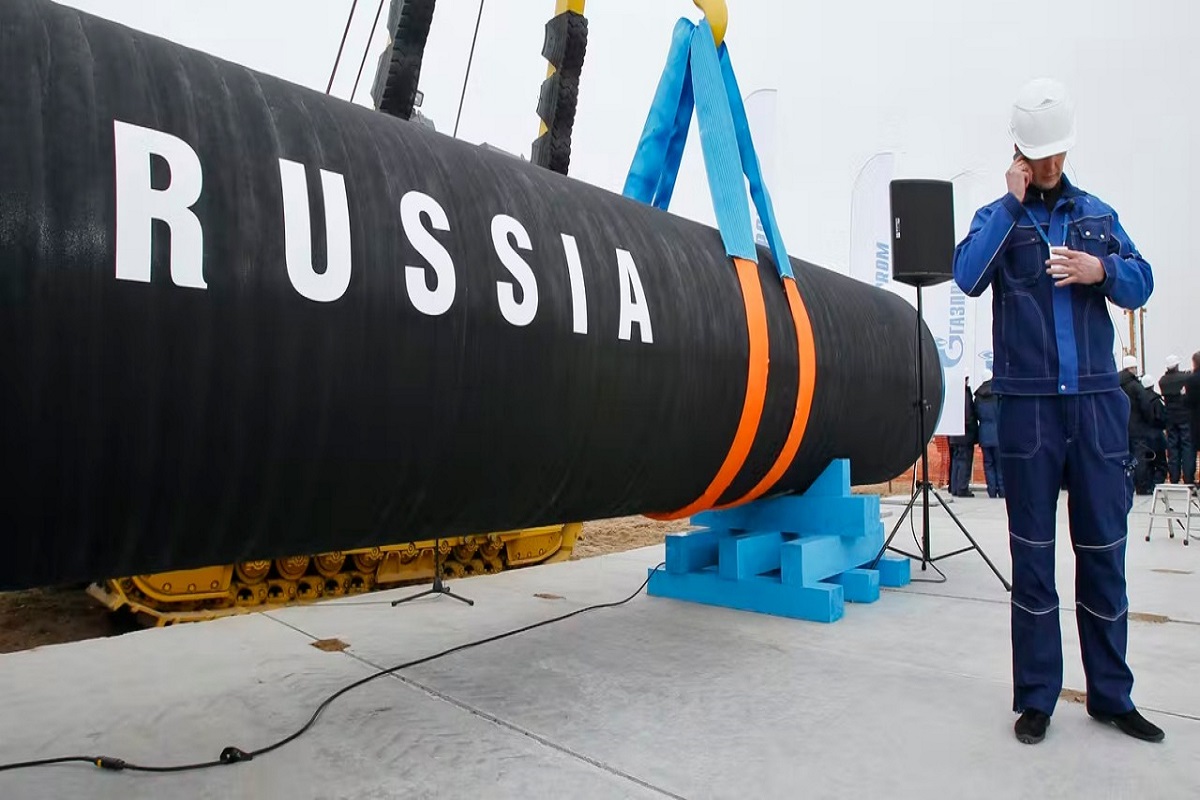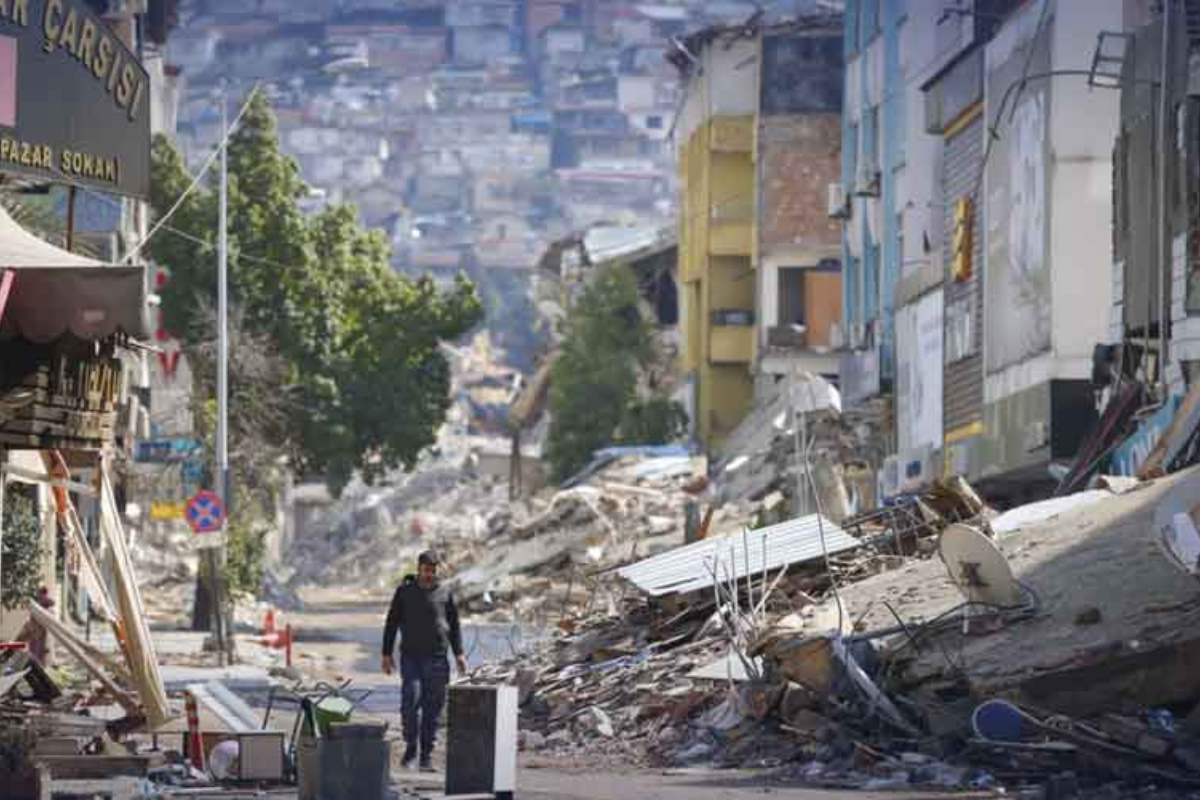- Russian gas flaring facility near Finland produces huge amounts of carbon dioxide and soot.
- The enormous amounts of CO2 and SOOT could speed up the melting of Arctic ice.
- Experts claim that the facility burns gas daily for an estimated $10 million (£8.4 million).
Russia is burning off significant amounts of natural gas as the cost of electricity in Europe soars. According to experts, the gas would have previously been shipped to Germany.
They claim that the facility, which is close to the border with Finland, burns gas daily for an estimated $10 million (£8.4 million).
The enormous amounts of carbon dioxide and soot that are being produced worry scientists because they could speed up the melting of the Arctic ice.
According to Rystad Energy’s study, the flare burns about 4.34 million cubic metres of gas every day.
It originates from Portovaya, a new LNG plant, which is northwest of St. Petersburg. The first indications that something was wrong came from Finns who crossed the local border early this summer and saw a big flame on the horizon.
The Nordstream 1 pipeline, which delivers gas under the sea to Germany, begins near a compressor facility in Portovaya.
Since mid-July, supplies through the pipeline have been restricted; the Russians attribute the limitation on technical problems. Following Russia’s invasion of Ukraine, Germany claims it was solely political.
However, since June, scientists have seen a dramatic increase in the facility’s heat output, which they believe is the result of gas flaring, or the burning of natural gas.
Even though processing plants frequently burn off gas, which is typically done for technical or safety reasons, the size of this burn has baffled specialists.
Dr. Jessica McCarty, a satellite data specialist from Miami University in Ohio, stated, “I’ve never seen an LNG facility flare that often.
“Starting around June, we saw this huge peak, and it just didn’t go away. It’s stayed very anomalously high.”
The CEO of Capterio, a business concerned in addressing gas flaring, is Mark Davis.
According to him, the flare was not an accident and was probably planned for operational purposes.
According to him, this is undoubtedly the case in this situation. “Operators often are very hesitant to actually shut down facilities for fear that they may be technically difficult or costly to start up again, and it’s probably the case here,” he told BBC News.
Others think that handling the significant amounts of gas being sent to the Nordstream pipeline may provide technical difficulties.
Although it’s possible that Russian energy giant Gazprom intended to use that gas to produce LNG at the new plant, handling issues may have arisen, and the safest course of action is to flare it off.
As a result of Russia’s invasion of Ukraine, Europe may have imposed a trade embargo on Russia.
“This kind of long-term flaring may mean that they are missing some equipment,” said Esa Vakkilainen, an energy engineering professor from Finland’s LUT University.
“So, because of the trade embargo with Russia, they are not able to make the high-quality valves needed in oil and gas processing. So maybe there are some valves broken and they can’t get them replaced.”
[embedpost slug=”/russias-gas-consumption-baffles-analysts/”]





















